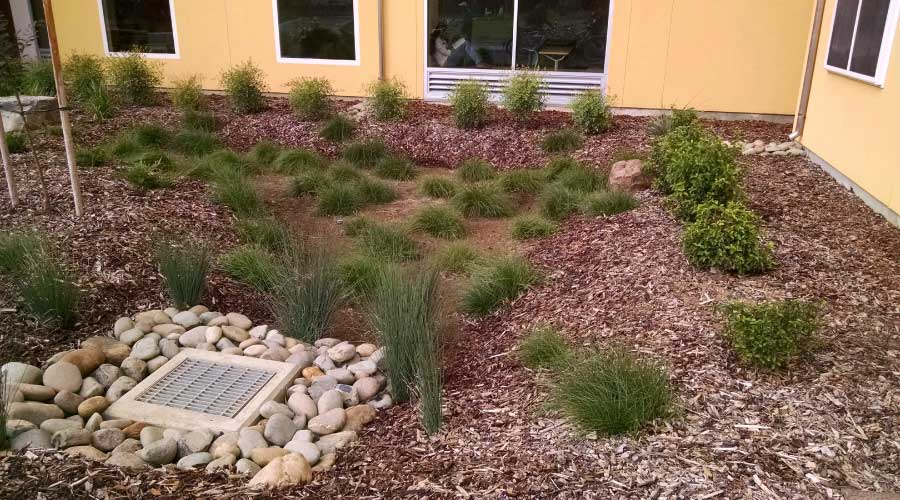The Role of Building Occupants in Reducing Carbon Footprint
Apart from thermostats, relays, motors, blowers, burners and valves, managers often neglect occupants’ potential impact on equipment performance and efficiency. In most commercial and institutional buildings, the prevailing practice for decades has been to eliminate occupant control by caulking the windows shut and automating equipment such as HVAC and lighting systems.
In a world of cheap energy and no worries about carbon, these practices might be effective and acceptable. But the need to reduce energy use demands that managers include occupants as part of their energy- and carbon-reduction strategies. Doing so can enlist occupant cooperation and make them allies of efficiency.
Some of the available options to build occupant support might surprise even experienced facility professionals. For example, open office spaces, rather than corridor-connected individual offices, can improve comfort and reduce heating and cooling loads by allowing air to circulate more freely and eliminating hot and cold spots.
But “open” often means cubicles. Going a step further and eliminating the cubicle walls – and the illusion of privacy they present – can create a more productive office. The environment is quieter and allows for more daylight and better exterior views.
Another example involves plug loads, which account for an average of about 15 percent of a building’s energy use. Managers can reduce this load by asking occupants to share services and equipment, such as copiers and printers. Having centrally located, community printers encourages less sedentary behavior, discourages over-printing, and reduces appliance demand.
For these arrangements to work well, managers must engage occupants in their creation and secure buy-in by consulting them and potentially offering incentives.
Existing buildings are an indispensable part of a sustainable future. Facility managers must make them do more with less, shrink their carbon footprints, and configure them to support healthy indoor environments.
Many options exist for achieving these goals, and organizations can view these options as investments that not only save money but also improve worker productivity and occupant satisfaction.
Related Topics:















